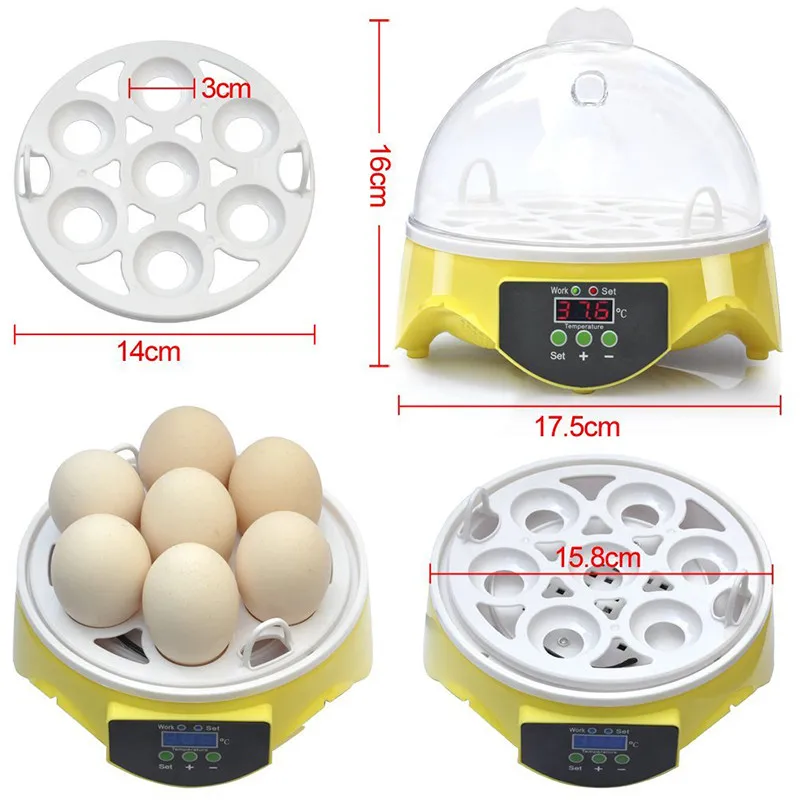

Zara’s success is due to her dedication in maintaining the proper conditions for the eggs to develop and hatch.

Subsequently, she meticulously monitored them using a flashlight and rotated them with great care. She learnt that these eggs could potentially be hatched. How was this possible?ĭuring a trip to the supermarket, Zara came across a carton of Clarence Court “Free to Fly” quail eggs priced at £4. Quail eggs can hatch if they are kept at the right temperature and humidity levels when incubated.

It largely depends on the conditions in which the eggs were stored and the incubation process. Hatching quail chicks from store-bought quail eggs is not a common occurrence, but it’s not extremely rare either. Zara’s mother, Claire Sutcliffe, expressed her astonishment, stating, “We didn’t believe it would happen. The tiny quail chicks, Pebbles and Speckles, emerged into the world, with Pebbles being born on a Friday and Speckles following suit the following day. Zara diligently incubated the Sainsbury’s quail eggs within her pet tortoise’s enclosure for a period of three weeks, meticulously turning them four times each day.
#Bird incubator quail free
An ideal room to rest them in is one free from drafts that is kept at a comfortable temperature for you. Resting also may aid in re-ataching air cells during a rough ride. Allowing them this rest period will ensure the eggs slowly rise in temperature rather than shocking them with 99.5☏ in the incubator. If the air cells are saddled, 24 hours would be recommended. Let the eggs rest pointy down room temperature for at least 12 hours. The farm packages the eggs in foam shippers to help shield the eggs from rough handling as much as possible. Candle the eggs and remove any eggs if they have cracks. Let the Eggs Rest Once you have the eggs unpacked at home. This will give you a chance to check for any temperature fluctuations and the humidity level. Start the engine Ensure your incubator is running 3 days prior to incubation.


 0 kommentar(er)
0 kommentar(er)
